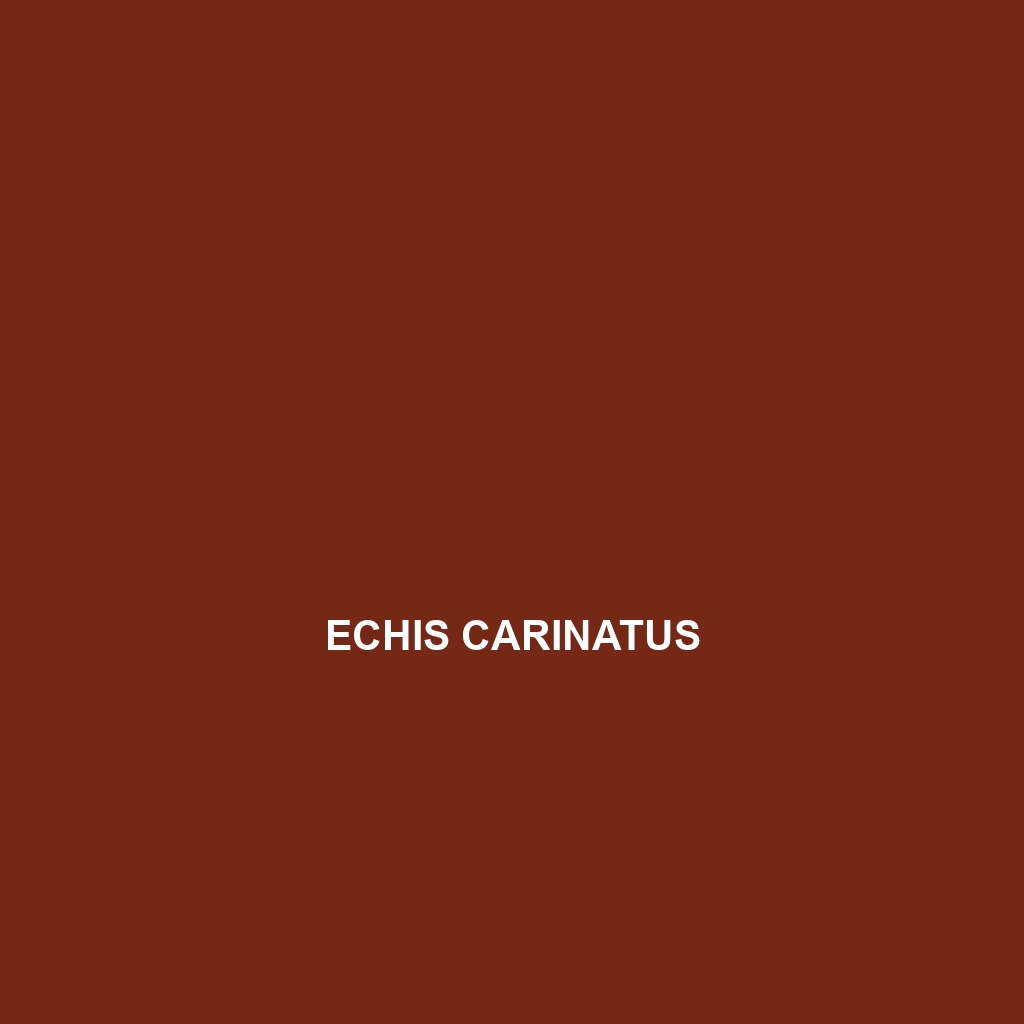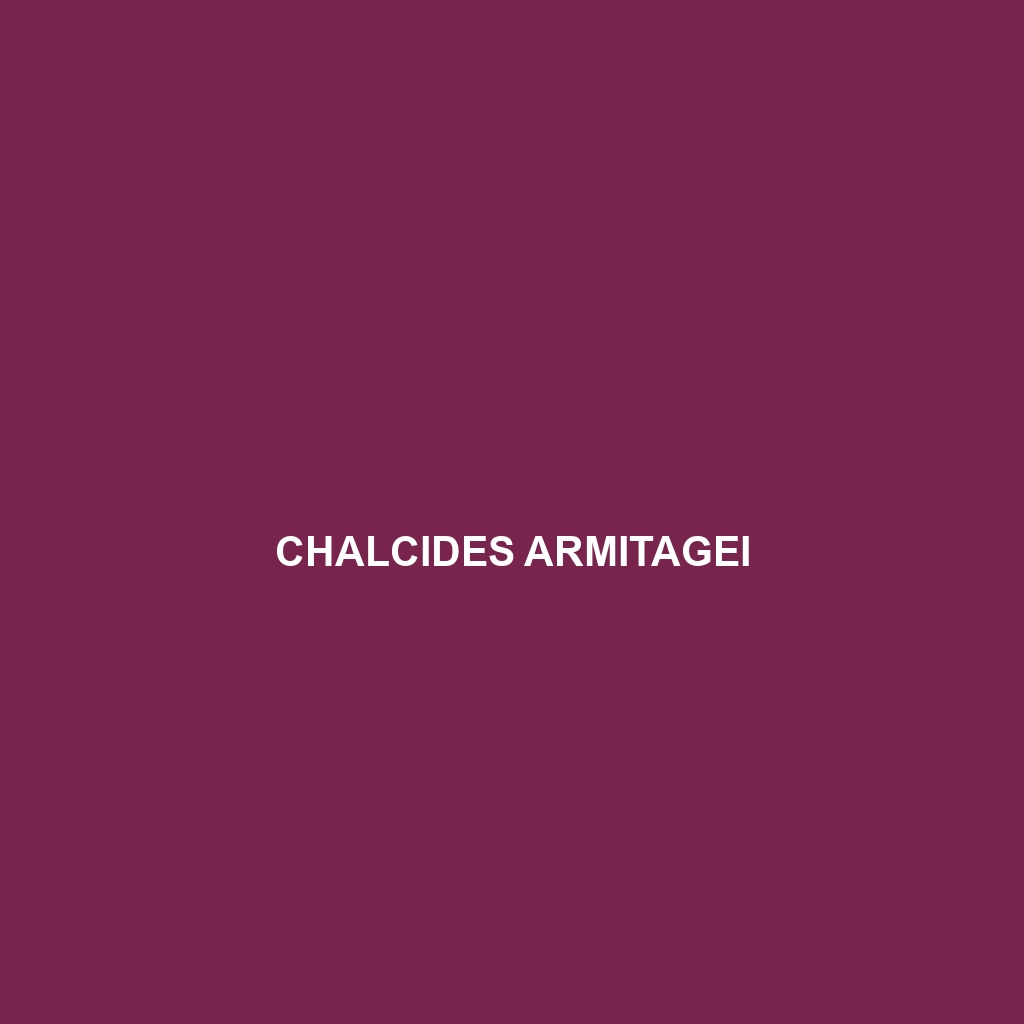<p>The <b>Eumeces algeriensis</b>, or Algerian skink, is a diurnal, omnivorous reptile found across North Africa's warm habitats, exhibiting a striking olive-green or brown coloration with a length of 15 to 25 centimeters. This species plays a crucial role in controlling insect populations and serves as an indicator of healthy ecosystems.</p>
Tag: North Africa reptiles
Eryx miliaris
The Eryx miliaris, or spotted sand boa, is a robust, nocturnal snake found in arid North African and Middle Eastern environments, known for its distinctive camouflaging coloration and unique ambush hunting techniques. This species plays a crucial ecological role by controlling small mammal populations and serves as a food source for larger predators.
Eirenis modestus
Discover the Eirenis modestus, or modest snail-eater, a small, non-venomous snake thriving in arid regions, renowned for its unique snail-hunting abilities and patterns of muted brown or gray coloration. With a length of 50 to 70 cm, this nocturnal predator plays a vital role in maintaining ecological balance by regulating snail populations in its habitat.
Echis borkini
<p>The <b>Echis borkini</b>, or Borkin's viper, is a small to medium-sized viper native to arid regions in North Africa, characterized by its robust body, distinctive markings, and nocturnal hunting behavior. Thriving in rocky and sandy habitats, this species plays a crucial role in controlling small mammal populations and maintaining ecological balance.</p>
Chalcides sexlineatus
Discover the Chalcides sexlineatus, or six-lined skink, a diurnal, insectivorous reptile native to the Mediterranean regions, known for its slender body measuring 15-25 cm, distinct six longitudinal stripes, and ability to regenerate its tail. This species plays a vital role in its ecosystem, controlling pest populations while serving as a food source for larger predators.
Chalcides mionecton
Discover the Mionecton Skink (Chalcides mionecton), a medium-sized lizard native to Mediterranean regions, featuring a smooth, elongated body with shiny brown and olive-green scales. This diurnal insectivore thrives in wooded areas and scrublands, playing a crucial role in its ecosystem by controlling insect populations while providing a food source for larger predators.
Chalcides armitagei
Discover Chalcides armitagei, also known as Armitage's skink, a small, diurnal insectivore found in North Africa and Southern Europe, characterized by its elongated body, smooth scales, and ability to adapt to rocky and sandy habitats. This vulnerable species plays a crucial role in its ecosystem by controlling insect populations and serves as both predator and prey.
Cerastes vipera
The <b>Cerastes vipera</b>, or horned viper, is a nocturnal snake native to the sandy deserts of North Africa, characterized by its distinctive horn-like scales, exceptional camouflage, and ambush hunting techniques. This ovoviviparous species primarily preys on small mammals, birds, and lizards, playing a vital role in its desert ecosystem.
Bunopus crassicauda
Discover the unique Bunopus crassicauda, or thick-tailed gecko, known for its robust body, striking sandy coloration, and nocturnal hunting habits. This resilient desert inhabitant plays a vital role in controlling insect populations while adapting to harsh environments in North Africa and the Middle East.








